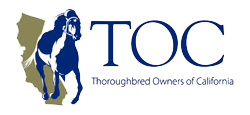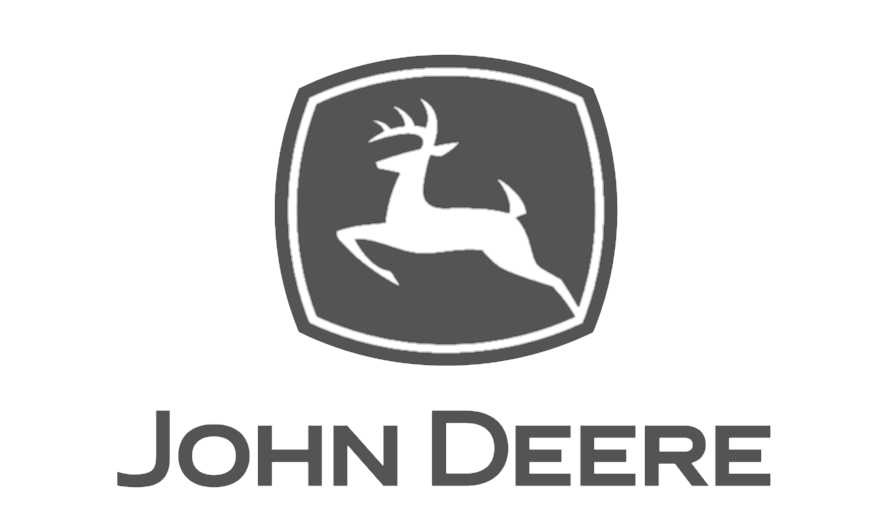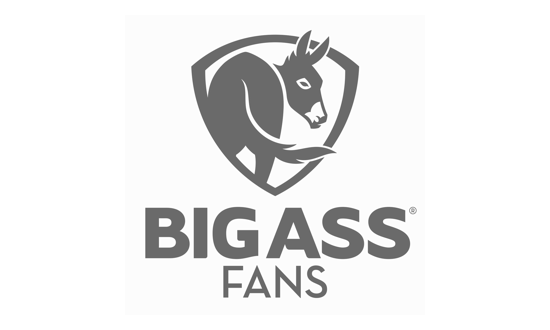By Joe Cannon, DVM
For a horse to race to its ability, it needs the proper nutritional intake to allow for maximal effort. This requires a specialized diet that is balanced and is adequate in quantity and quality to maintain the horse in top form. Feeding racehorses can be an art, and each trainer has his or her own method of ration preparation. These rations may differ in quantity, and somewhat in substance. However, there are only a limited number of feed items that go into a ration.
Racehorses usually consume two types of feed: roughage (hay) and carbohydrates (grain). Roughage is digested by microorganisms in the large intestine and is broken down into various nutrients (energy, protein building blocks, fatty acids, etc.). Grains are the most important source of carbohydrates in the diet and therefore the major energy source. They are digested in the small intestine and yield sugars that produce energy. Feeding vegetable oils is becoming more popular, as these oils are a great source of calories and may benefit performance.
How are racehorses fed?
Their typical diet consists of two to three meals a day of grains. The traditional grain for horses is oats. Racehorses consume recleaned oats from our northern climates and Canada. Other grains can be added to the diet such as corn or barley. However, there is a greater danger of digestive upset with these “hotter” grains, and an increased chance of founder. Therefore, barley or corn is usually added to the diet in small amounts.
Many stables will have a night watch person that feeds the horses early in the morning (3:00 to 4:00 a.m.) so that they will have time to eat before training activities begin. Traditionally they will have another grain meal at 10:00 or 11:00 a.m., and then a larger meal between 4:00 to 5:00 p.m. The late afternoon meal usually consists of a bran mash which contains grain, wheat bran, and any supplements that are added to the diet.
Racehorses also have hay before them twenty-four hours a day that they consume at their choice. The traditional hay is timothy, which is grown in the Northwest. Often a flake or two of good quality alfalfa hay is also added daily to the haynet. Having this hay constantly available to eat at will is very important because the horse’s digestive tract is designed for grazing many hours per day. More trainers are faced with horses that do not consume enough calories to maintain their optimal weight than they are with horses that are too fat. Training schedules are rigorous and racing Thoroughbreds also expend a lot of nervous energy. Thus it can be a challenge to provide adequate nutrition to horses in training.
Around the world, racehorses are fed drastically different diets depending on the feeds available. Daily fresh cut green alfalfa is common in Argentina (which would raise a few eyebrows here) while very little grain but a lot of wheat and oat chaff is the norm in Australia. In Saudi Arabia, fresh cilantro, carrots, and a big tub of barley is the standard diet. The fact that horses can compete well eating such a variety of feeds is a tribute to the adaptability of their digestive systems. The most important aspect of feeding racehorses is to consistently provide good quality feed at the same times each day and to provide enough calories to maintain racing weight.
Dr. Joe Cannon is an equine surgeon and partner in the San Luis Rey Equine Hospital. He also spent 2 years training Thoroughbreds on the Southern California circuit.






